Accounting software has come a long way over the past decade. What was once just simple financial reports and spreadsheets has become dynamic, intuitive software that allows you to watch things unfold in real time, forecast the future, and report on your finances automatically. These new tools have transformed the way businesses deal with money, making accounting proactive rather than reactive.
This article will examine the latest innovation in accounting software, specifically how reporting has evolved from classic methods to sophisticated dashboards, real-time data, and predictive analytics. All these tools enable organizations to make more informed financial decisions with greater precision and speed.
From Static Reports to Moving Dashboards
Balance sheets, income statements, and cash flow statements were among the most significant reports that old-school accounting software could provide. These documents were helpful, but they often seemed like they were frozen in time and only able to report on a company's financial condition as it existed at a particular moment. At the end of a reporting period, such reports were normally submitted, which left business owners with outdated information that did not help them make decisions in timely manner.
Accounting software today is capable of doing much more than providing basic financial reports. There are interactive dashboards with real-time financial data available on newer systems. The user can customize these dashboards to present all of the major KPIs simultaneously, including sales increases, costs, and profit margins. simpler-to-read graphs such as bar charts, line charts, and pie charts can present things in a simpler format so that users can notice trends, variations, and points requiring improvement.
These interactive dashboards are effective because they can provide you with data that you can act on. Business owners can view all of their cash flow, open invoices, and budget vs. actual in one place. Being able to view real-time information makes it simpler to make fast and adaptable financial decisions.
How Predictive Analytics Can Help You Make Better Financial Decisions
One of the most fascinating new features in accounting courses is the inclusion of predictive analytics. Predictive analytics incorporates historical data and complicated formulas and applies them to make educated guesses regarding what will happen in the future. It helps organizations better plan for the future.
Explore top predictive analytics software tools here to see how they support smarter budgeting, cash flow forecasting, and financial risk mitigation across various industries.
This move to go beyond to enhance financial planning is a major departure from the manner in which organizations conduct their accounting.
For instance, projecting cash flow is more accurate than ever. Predictive analysis integrated into accounting software can examine past cash flow patterns and project when there will be cash deficits or surpluses in the future. This provides business owners with a window to act on issues before they become problems.
Companies can also use forecasting models to budget future spending, tax payments, and even the fluctuations in sales that can happen during different seasons. This enables companies to control their cash reserves more efficiently and anticipate financial troubles that could occur. Predictive analytics can do more than simply predict; it can recognize potential threats and opportunities.
Businesses are able to find new trends and change their strategy based on such as how your customers act or how much your suppliers will charge you. Predictive analytics gives you the intelligence that mere reporting cannot offer. Intelligence that can assist you in planning for a growth, preparing for tax season, or changing your budget.
“Explore the best next-gen accounting tools for your business”
Automated Financial Reporting: Saves Time and Cuts Down on Mistakes
The push towards automated financial reporting is another giant shift in accounting software. Previously, producing financial reports was time-consuming and had to be done manually, with constant data entering, reconciliation, and checking. For many small businesses, it meant putting in overtime or possibly making errors.
Accounting software now does a lot of these things automatically. Automatic preparation of financial reports like income statements, balance sheets, and cash flow reports occurs frequently. These automated reports are accurate and current, which reduces the risk of errors that occur when data are manually entered. Automation also saves time and ensures key financial data is always accessible, whether the end of the month or tax season.
For decision-making companies that rely on financial reports, having the capability to produce accurate and reliable reports in a short time with minimal effort is a boon. Not only does it save time, but it also enhances decision-making on the part of managers by ensuring that they always have access to the latest finance information.
Data In Real Time and Insights Right Away
In the quick-paced business era of today, it's crucial to obtain current financial details. With conventional accounting, you often had to wait until the close of the month or quarter before you could obtain financial outcomes. By the time this was done, things may already have changed, and enterprises may miss opportunities or fail to act on potential threats.
Up-to-date accounting software eliminates this issue by allowing you to stream data in real-time. Cloud-based accounts and easy links to payment processors, banks, and other business tools update financial information as transactions occur. This enables businesses to view their income, expenses, and cash flow as they occur, so they can do enhanced decision-making through financial insights.
For example, if you receive a large payment that you did not anticipate or pay for a large purchase, the dashboard will refresh immediately. Business managers and owners might act swiftly when they have immediate access to up-to-date financial information. They can adjust cash flow projections, communicate with customers, or do other necessary financial adjustments.
Using AI to Get Better Financial Information
The creation of artificial intelligence (AI) is also changing the way accounting software works. AI improves predictive analytics by learning from experience and predicting better over time. AI-powered accounting software can analyze patterns in your finances, suggest how to save, and even warn you of problems before they become too serious.
The most important thing AI can assist accounting with is the capability to automatically classify transactions and expenses. This saves accountants time spent on manually doing bookkeeping tasks, freeing them up to do other essential work. AI also has the ability to send out automated warnings when there are strange things going on with money, like cash flow rising or falling suddenly or unexpected rising running expenses.
Such use of AI not only automates work but also gives businesses more intelligent, data-based suggestions upon which to make decisions that extend beyond the past.
Things to Think About and Problems
Companies should keep in mind a few things, despite the fact that accounting programs have improved over time. Predictive analytics and AI require clean, correct data to operate. Poor forecasts and poor decisions can result from bad data that is incorrect or outdated.
It is extremely crucial to protect sensitive data from being accessed without authorization as companies keep more financial information in the cloud. It's essential to select software companies with robust security protocols in place.
Most businesses use a lot of various software products, so they have to be compatible with them. In order to get the best benefits from the new accounting software, it is essential to ensure that it integrates well with other systems you currently possess, like CRMs or ERP systems.
Final Take
Transitioning from static reporting tools to dynamic dashboards and predictive analytics in accounting software is a giant leap for small and large businesses. With these technologies improving better, businesses will be able to tap into better forecasts, smarter reports, and data insights in real time.
These new ideas are not only improving the financial reports, but they're also altering the way companies think about their funds and make important decisions. Companies will be prepared for the challenges and opportunities means that they ought Appeals to these developments today.
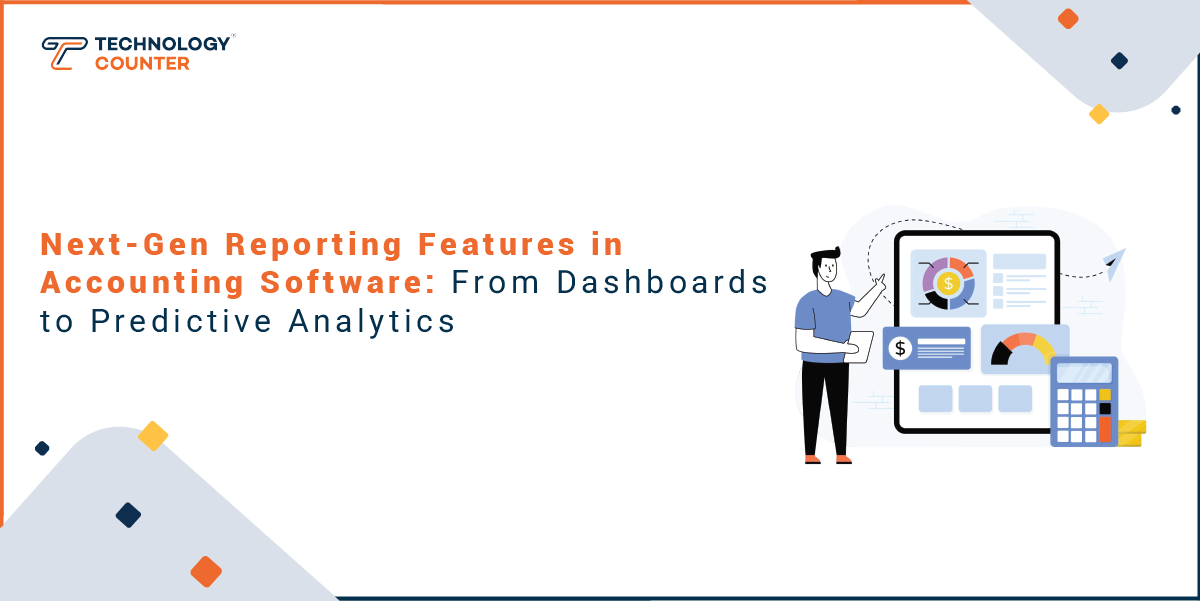

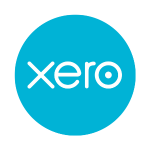


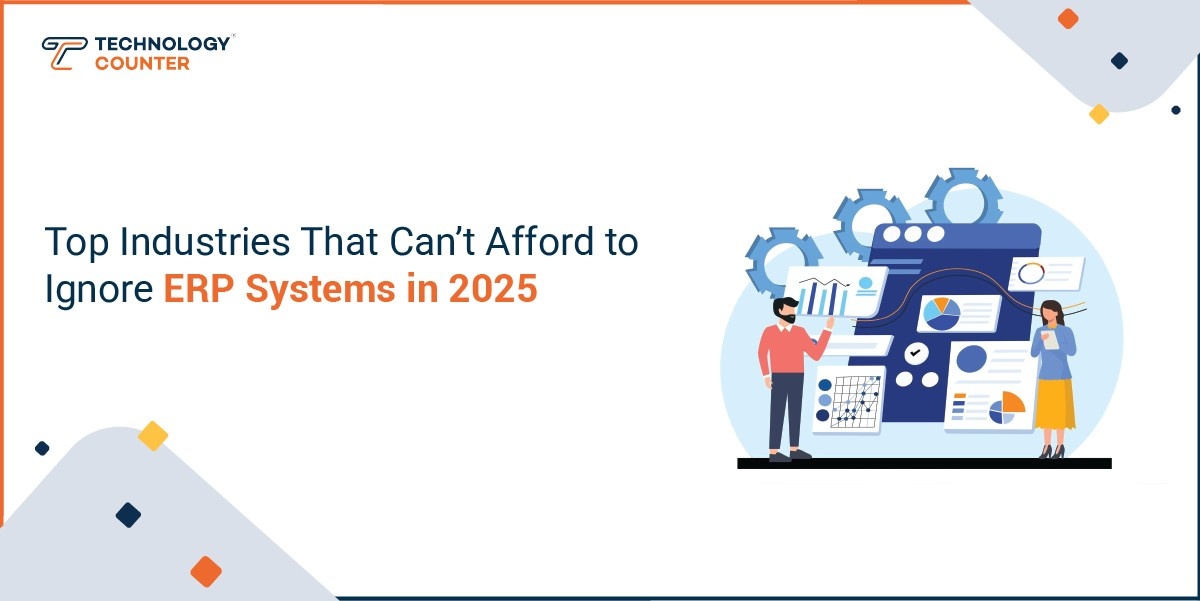
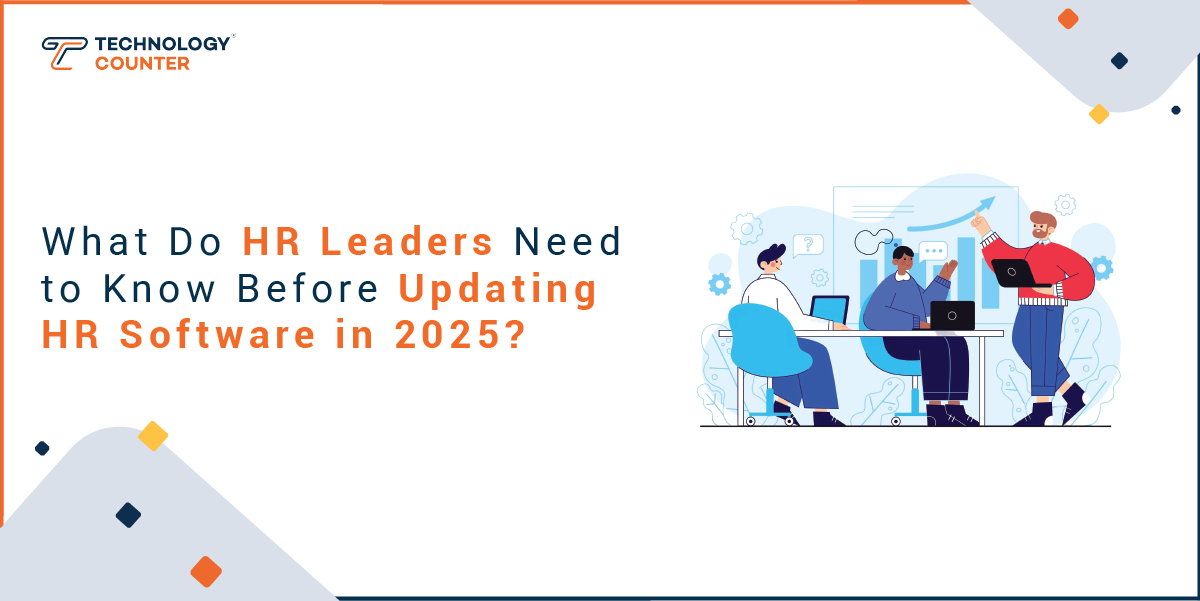
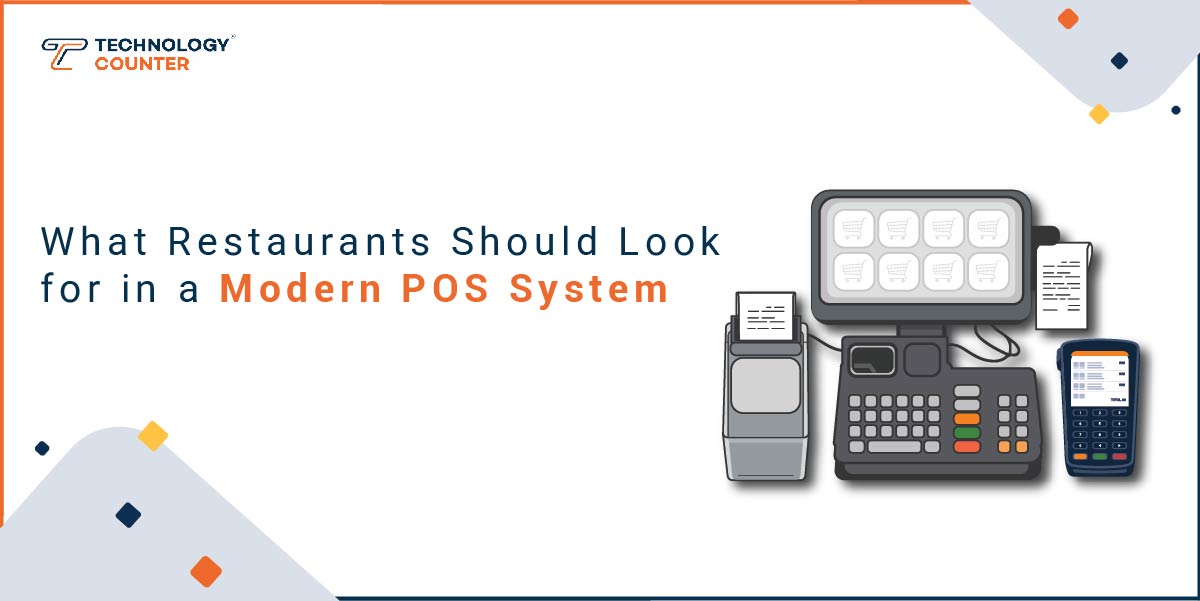
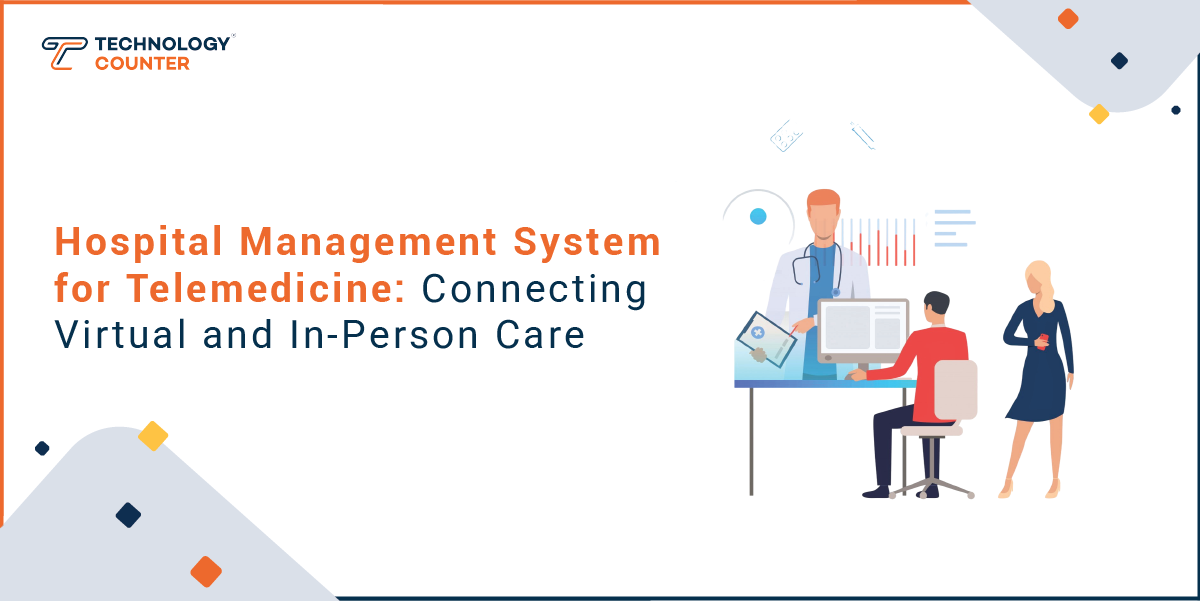
Post your comment